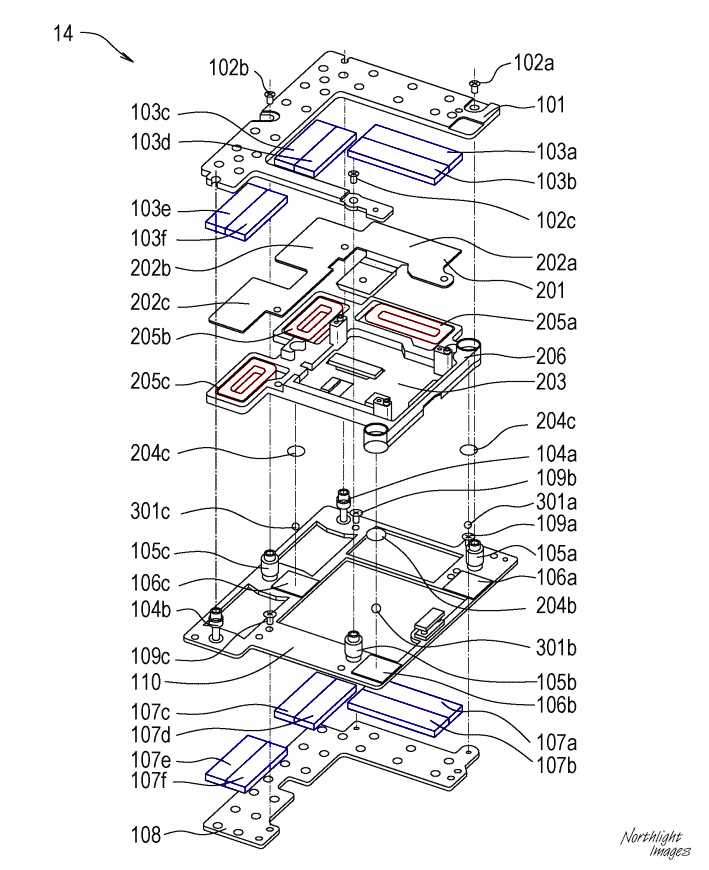Reading thru the patent (I did not bother with the really complex stuff, and there is a lot of it in this patent), I notice something that had not occurred to me, but its obvious now that they discuss it.
The effect is to cause optical distortion of the image undergoing stabilization. Below is just a snipped of the problem statement.
The patent proposes a correction of the effect using software.
[0003] Another element that degrades the captured image,
other than the image blur, is diffraction due to the aberration
of the lens, the aperture, or the like. An example of a
technique for reducing the degradation of captured images
due to the image blur and aberration, described above, is
disclosed in Japanese Patent Laid-Open No. 2016-045488,
in which image stabilization and correction of astigmatism
and the curvature of field are achieved by moving part of the
imaging optical system in a direction different from the
optical axis. Japanese Patent Laid-Open No. 2016-045488
discloses a configuration including a first correcting lens that
optically corrects an image blur by moving in a direction
different from the optical axis and a second correcting lens
that corrects aberration that has occurred when the first
correcting lens is moved in the direction different from the
optical axis.
The patent description seems to cover a mirrorless camera as in figure 1A, and also for a DSLR where in the flow chart, there is a step of deciding if the camera is in live view.




